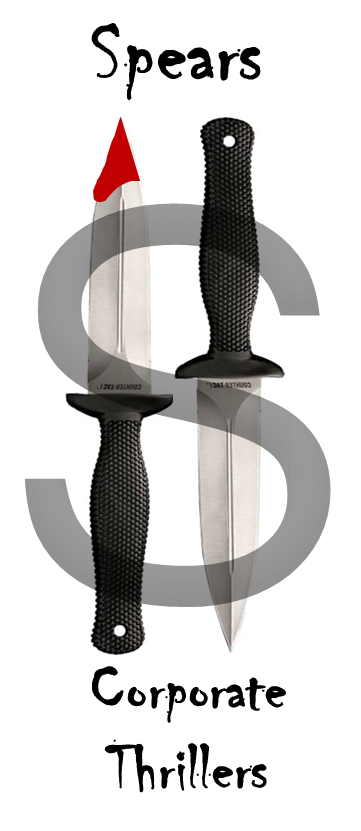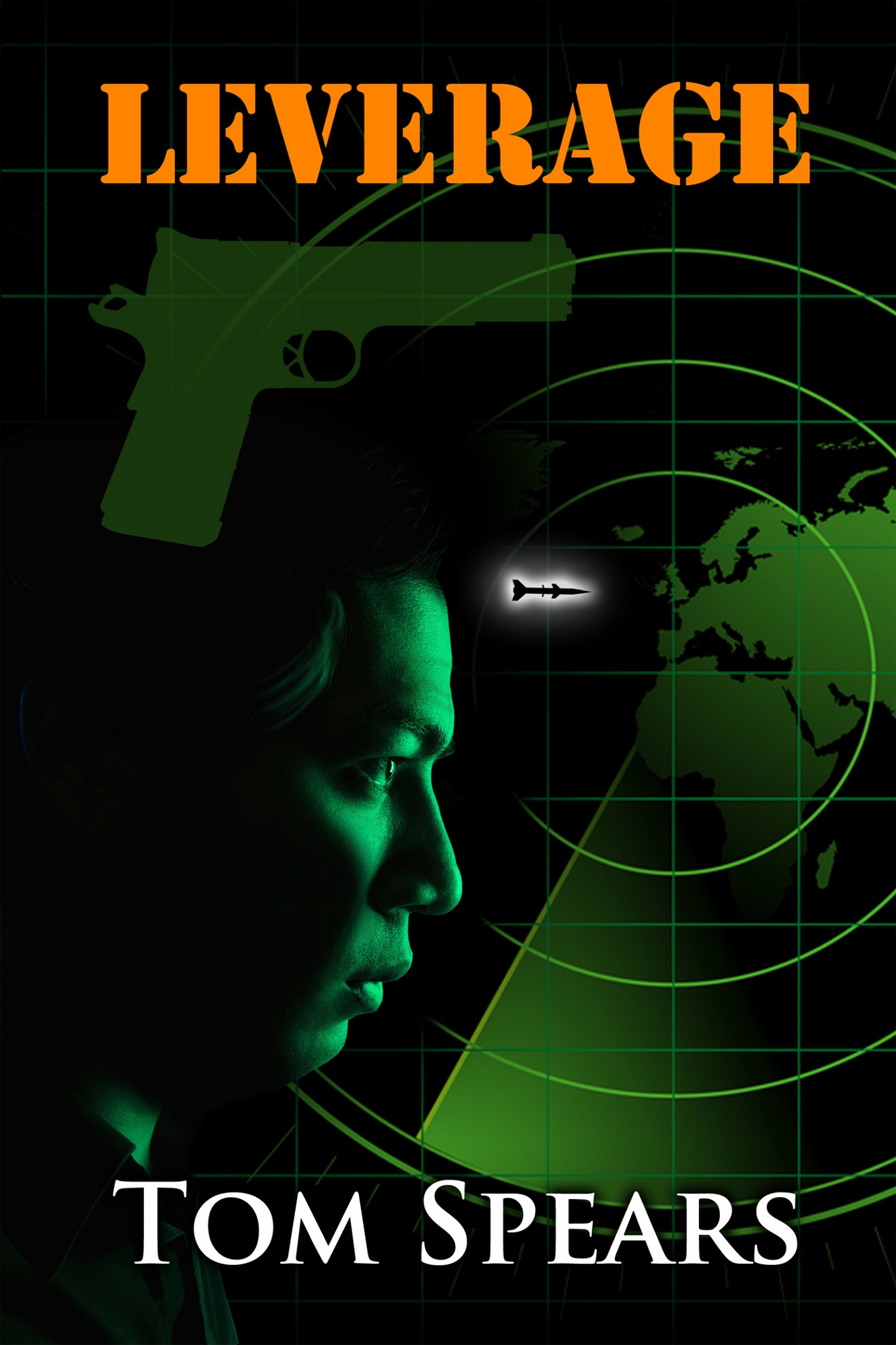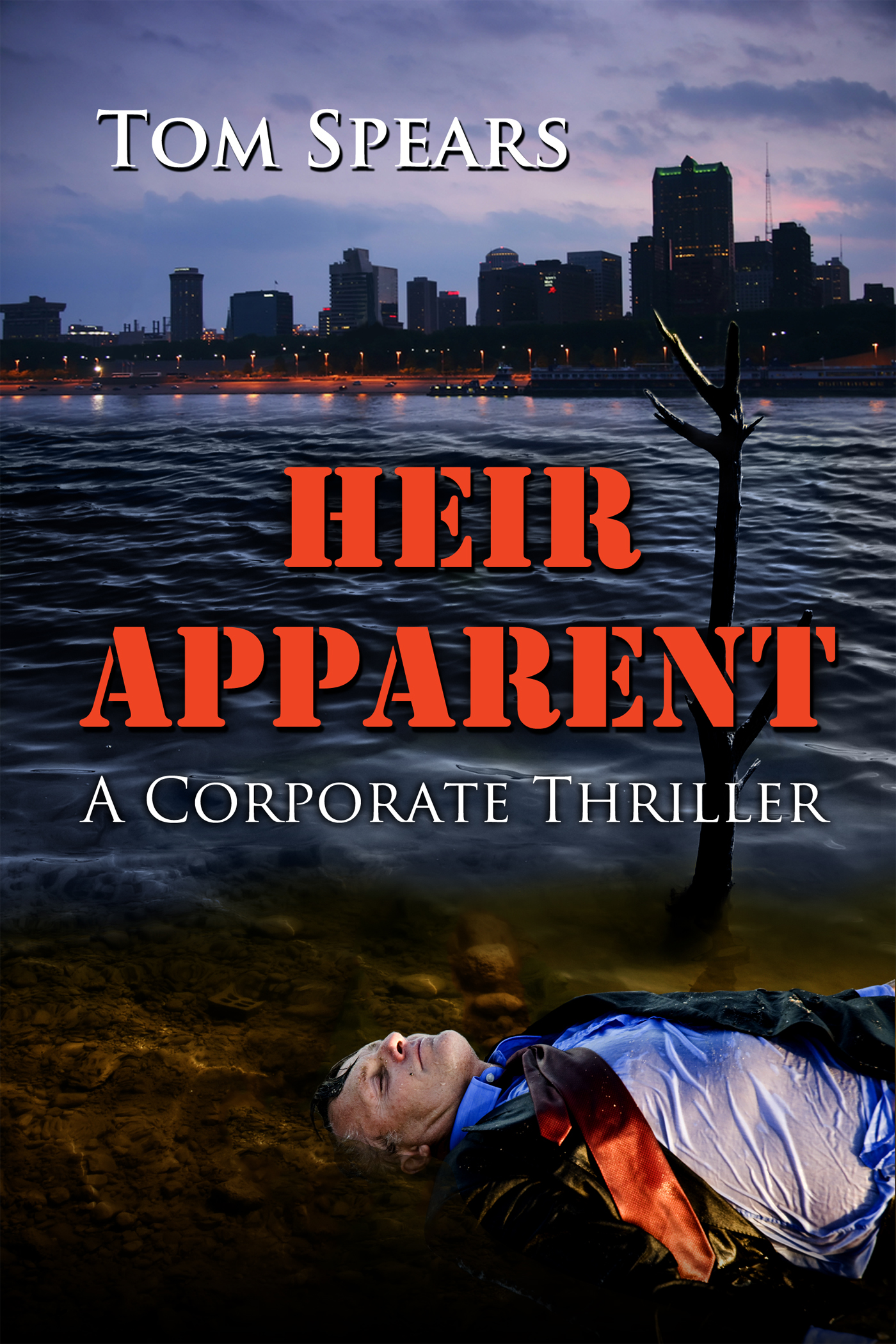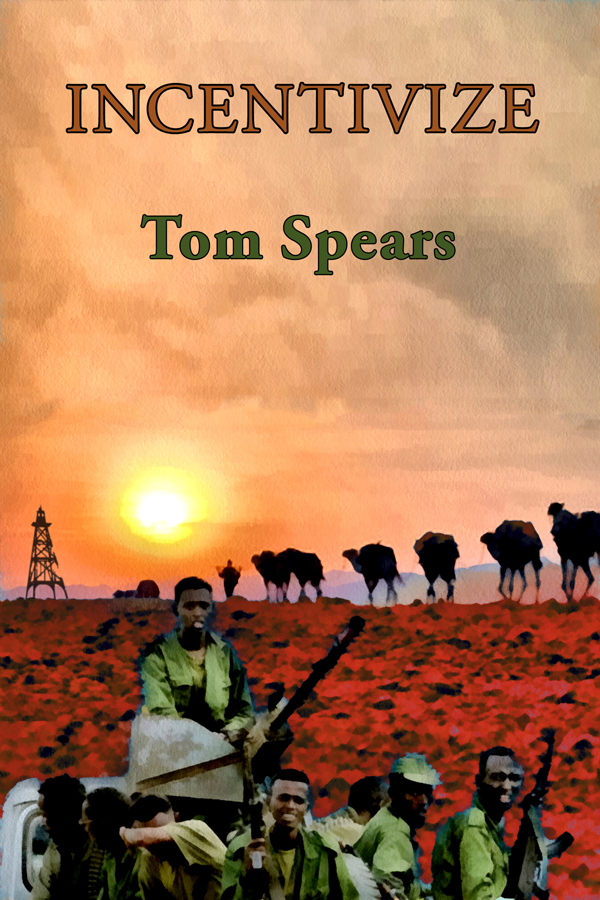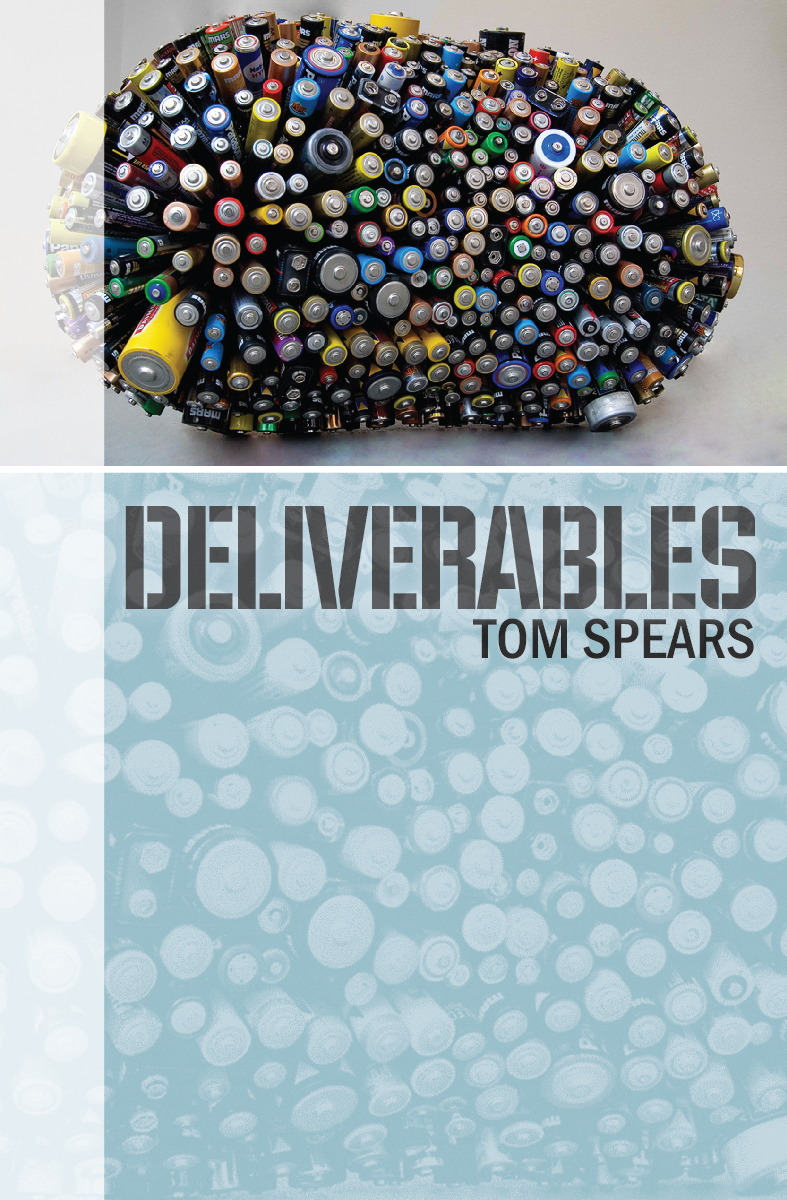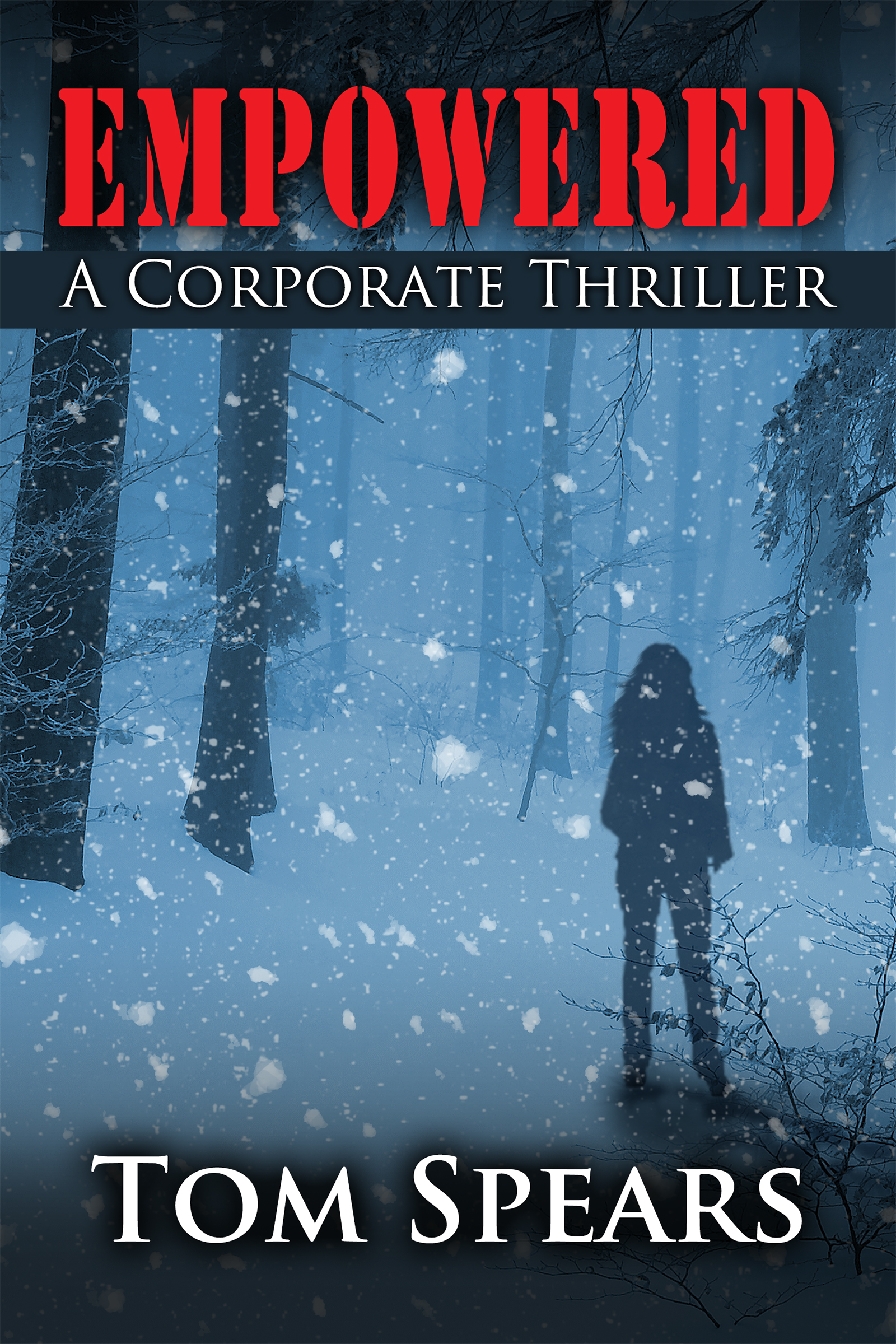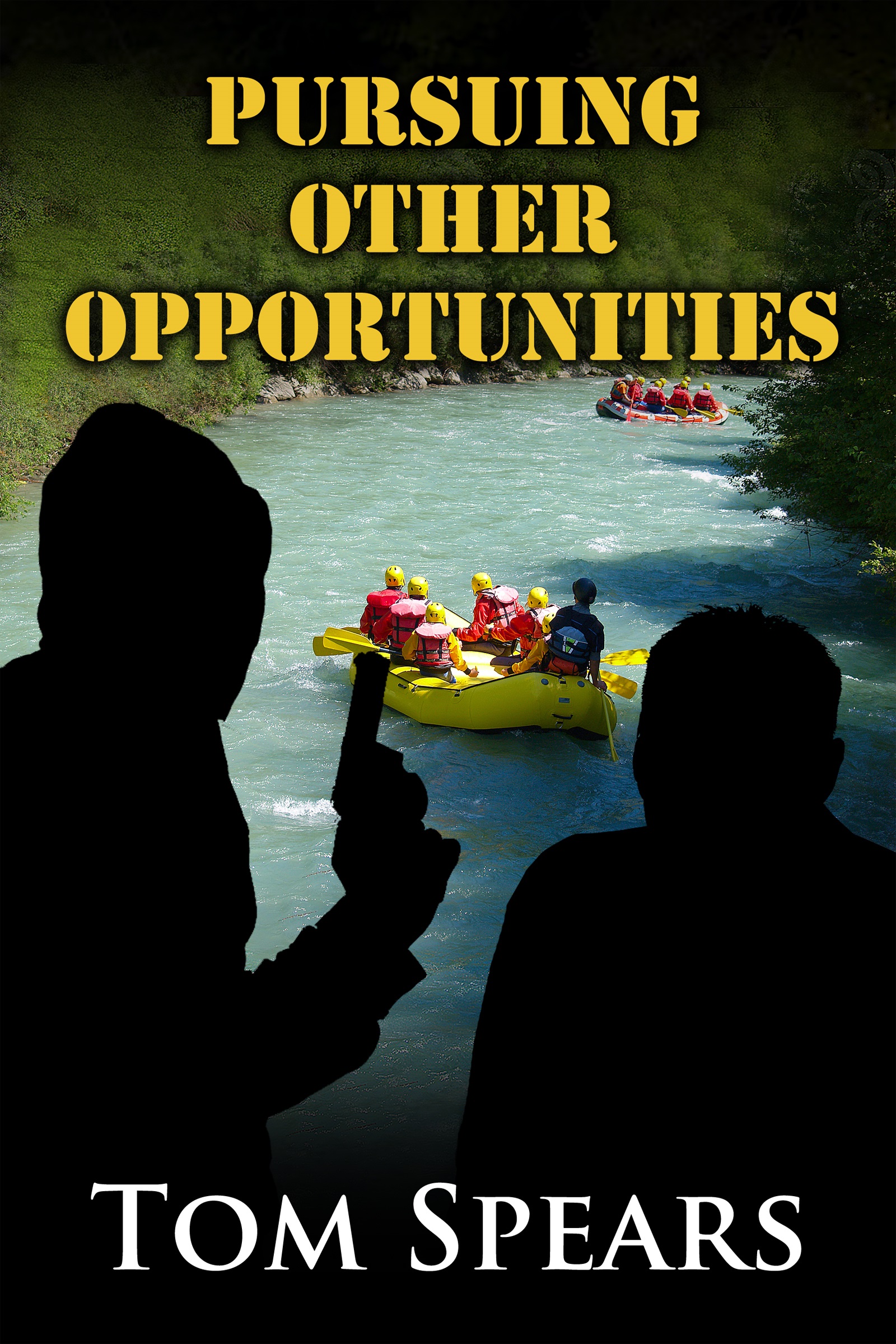I'm not sure how other authors handle the requirements for research when developing their novels. I find myself focusing on different elements of the story at different times in the development process.
In the first development phase where I'm laying out the story, I typically find myself doing research on technologies. For the design of "Outsourced," for example, I found myself researching Unmanned Ariel Vehicles or UAVs (a.k.a. drones).
During the first draft of a book, I tend to focus my research on two things -- locations, and to a lesser degree, weapons. To reduce the amount of digging around on the internet, I like to place scenes of my novels in places I've actually been. "Outsourced" has a long chase scene at the Forbidden City in Beijing. Later there is a scene at the famous "Long Bar" in the Shanghai Club along the Bund. I've been to both of these places. While I still find myself looking up some facts on the internet, having been there in the flesh gives me the "feel" of the location.
In later edits of the book, I tend to fill out place descriptions and do a lot of fact-checking. Research at that stage typically involves spot-checking certain items on the web.
Many of my novels have an international element, as well, which often results in foreign words finding their way into the dialog. I typically take a first cut at these using Google Translate, and then have them reviewed by a native speaker. In most cases, the reader doesn't actually have to understand the words, anyway, just grasp their general meaning. I like them, however, to be perfect.
Research is an integral part of writing. Having access to information at my fingertips sure makes developing a novel a lot easier. I can't imagine how challenging this was in the "old days."
